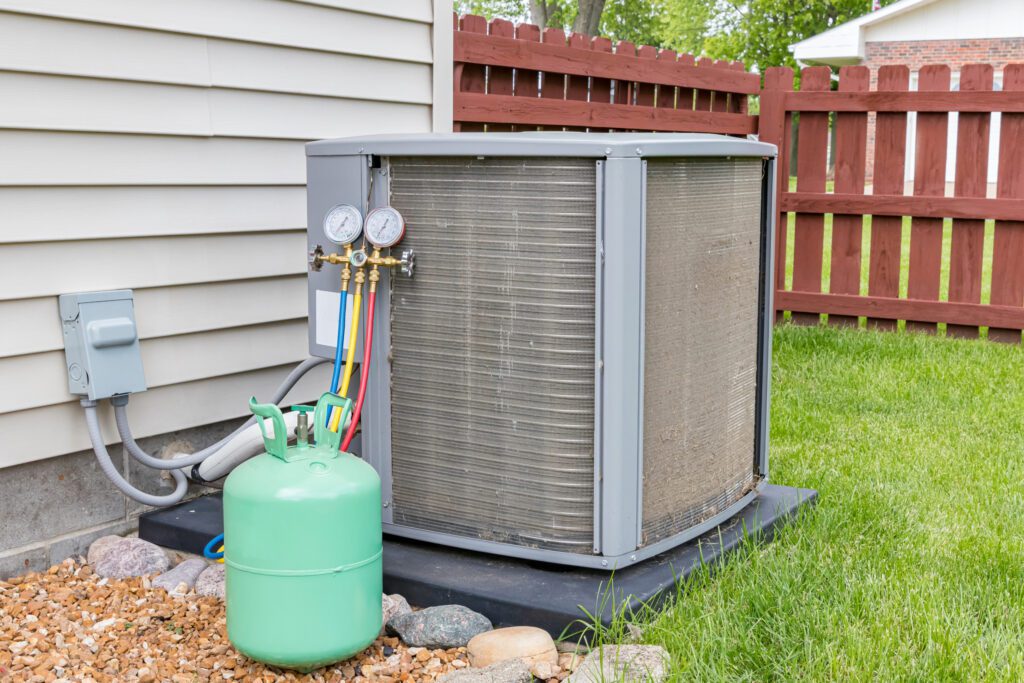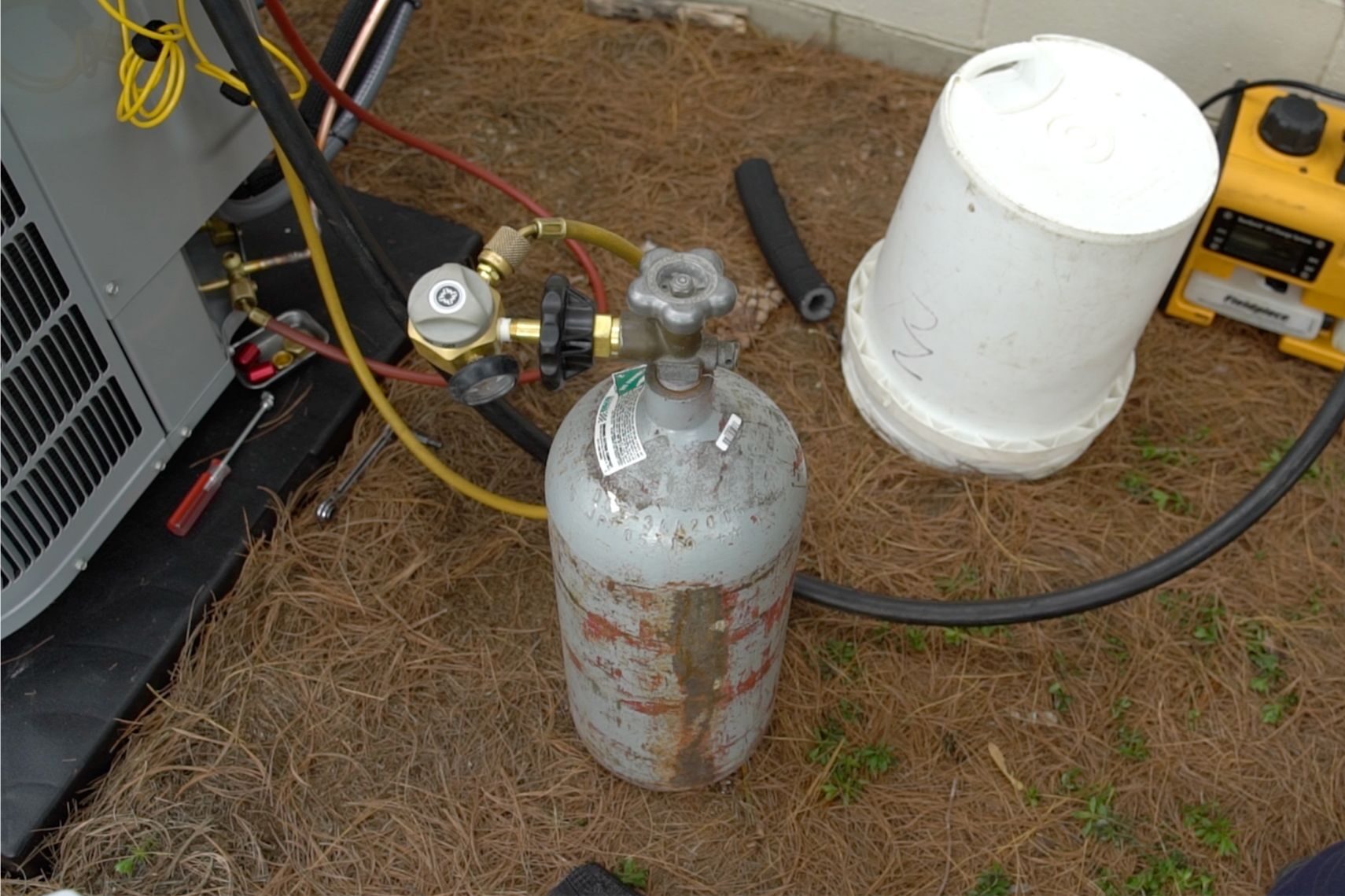To truly grasp how HVAC systems create a comfortable environment, it’s important to understand the vital role that HVAC refrigerants play. These substances are fundamental in heat transfer processes, allowing HVAC units to effectively control indoor temperatures regardless of the season.
What Are HVAC Refrigerants?
Refrigerants are specialized fluids designed to transition easily between liquid and gas phases. This unique characteristic enables them to efficiently absorb and release heat, which is essential for the operation of HVAC systems.

The Function of HVAC Refrigerants
HVAC systems rely on refrigerants to transfer heat from inside a building to the outside, keeping indoor environments pleasant. The process involves:
1. Heat Absorption
– Inside evaporator coils, the refrigerant absorbs indoor heat, transforming from a liquid to a gas and thus beginning the cooling cycle.
2. Compression
– The gaseous refrigerant travels to the compressor, where it is pressurized, raising its temperature and facilitating the heat transfer to the outdoors.
3. Heat Release
– Moving through the condenser coils outside, the refrigerant releases heat into the external environment, cooling and condensing back into a liquid, ready to restart the cycle.
Varieties of HVAC Refrigerants
With increasing emphasis on environmental protection, the types of HVAC refrigerants in use have changed over the years:
– R-22 (Freon) was once common but is being phased out due to its harmful environmental effects. It is now replaced by more eco-friendly options.
– R-410A (Puron), a widely adopted refrigerant in newer systems, is free of chlorine and thus less detrimental to the ozone layer.
– R-32 (Difluoromethane): is a newer refrigerant that is replacing R-410A because it is better for the environment and more energy-efficient.
As environmental regulations continue to influence the industry, HVAC manufacturers are prioritizing the development of sustainable alternatives that minimize both global warming and ozone layer depletion.
Safe HVAC Refrigerant Practices
Proper handling and management of HVAC refrigerants are crucial. Incorrect procedures can damage systems and have significant environmental ramifications. It is vital for installations, maintenance, and disposal of refrigerants to adhere to regulations, safeguarding both equipment and the planet.
Luckily, at Washington Court House Heating & Cooling, our HVAC technicians are NATE-certified and have extensive training and years of accumulated experience.
How to Check Your HVAC System’s Refrigerant Levels
Your HVAC system relies on the right amount of refrigerant to keep your home comfortable and running efficiently. If levels drop too low, you may experience poor cooling, higher energy bills, or even potential damage to your system.
As a homeowner, recognizing the warning signs can help you address refrigerant issues before they lead to costly repairs. Here’s how to check for low refrigerant and what to do next.
1. Look for Signs of Low Refrigerant
If your air conditioner is blowing warm air, running longer than usual, or causing an unexpected spike in your energy bills, it may be due to low refrigerant levels. Ice buildup on refrigerant lines is another common indicator. Additionally, hissing or other unusual noises coming from your system could point to a refrigerant leak that needs immediate attention.
2. Check for a Refrigerant Sight Glass
Some HVAC systems come with a sight glass near the refrigerant line, providing a simple way to check refrigerant levels. If the liquid inside moves smoothly and appears clear, the system likely has the correct refrigerant charge. However, if you notice bubbles or foam, it may indicate low refrigerant or a potential leak. If your system doesn’t have a sight glass, proceed to the next step.
3. Contact Washington Court House Heating & Cooling for Expert Help
If your HVAC system is low on refrigerant, it’s essential to have a licensed technician inspect for leaks before refilling the system. Our certified professionals have the expertise and tools to diagnose, repair, and safely recharge your refrigerant, ensuring your system operates at peak efficiency.

Let us take care of it quickly and professionally! Call Washington Court House Heating & Cooling today at (740) 281-5312, or schedule an appointment online now by clicking here!
*Our professional cooling tips: While waiting for your technician to arrive to get things back up and running once again, read our tips here on how to stay cool.





